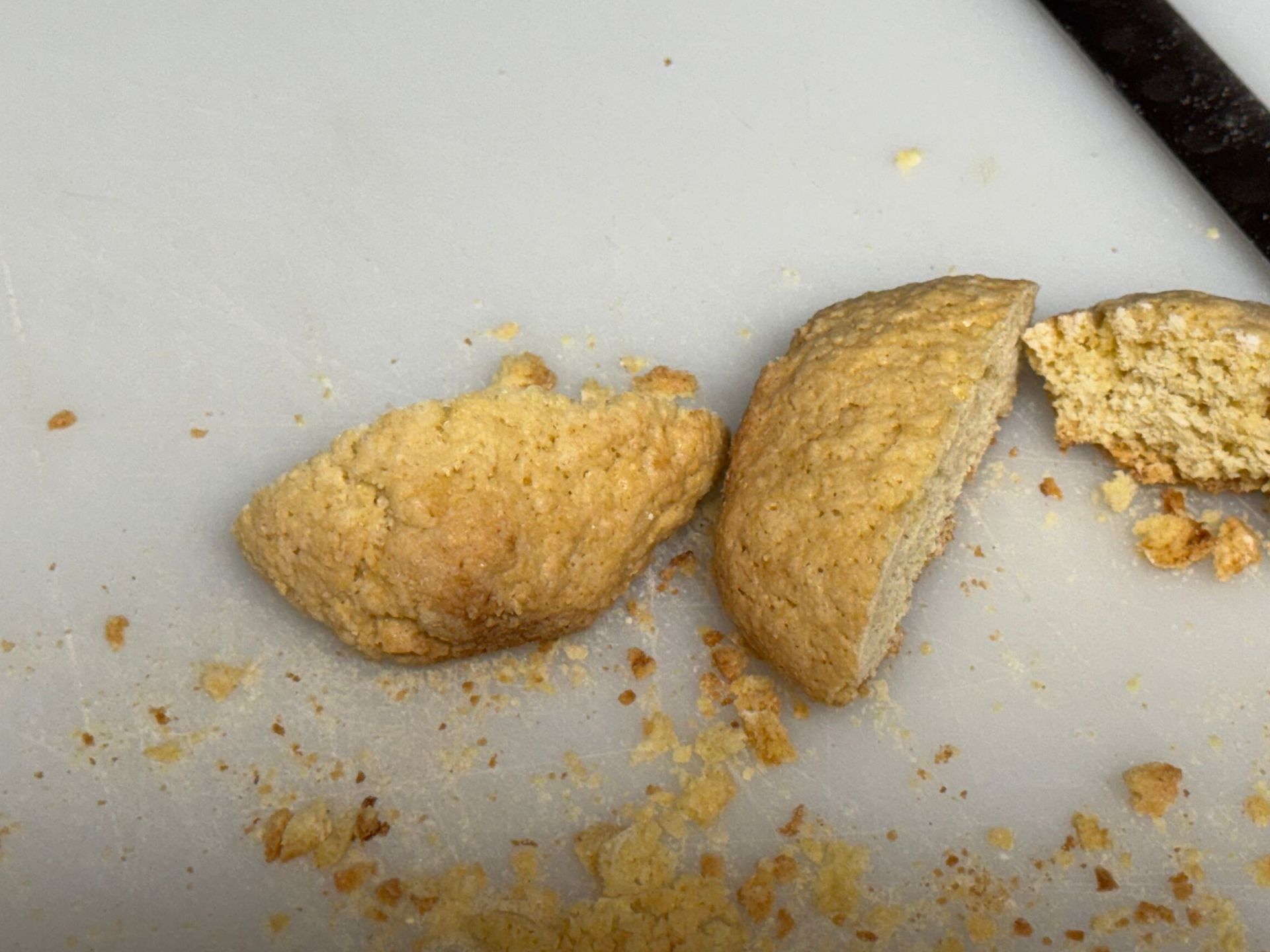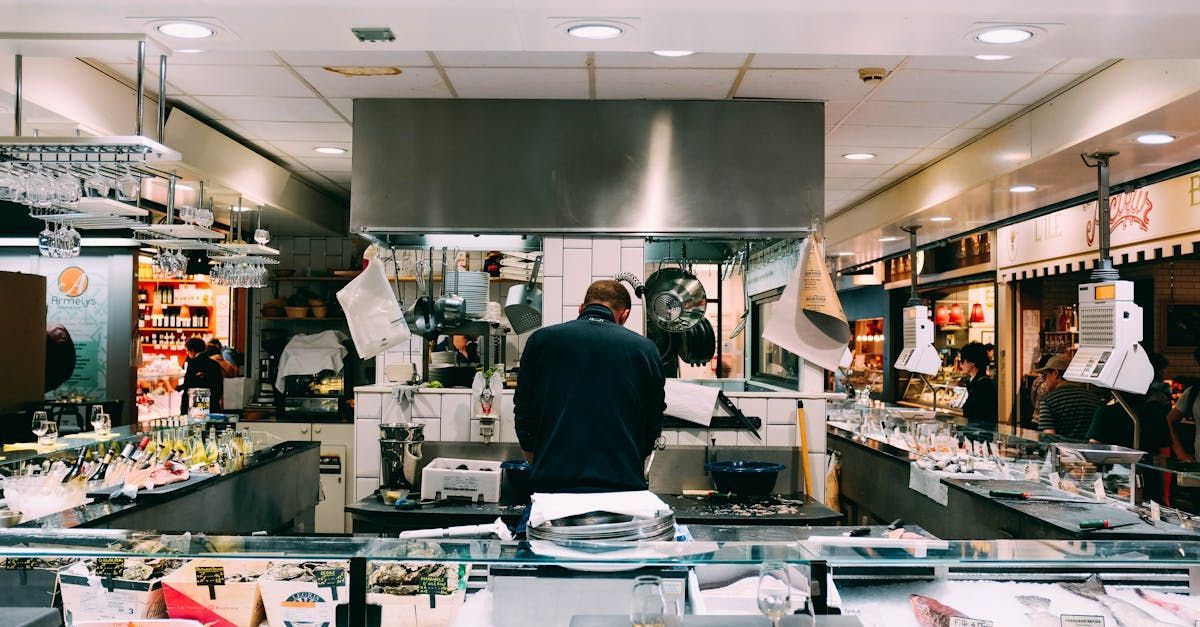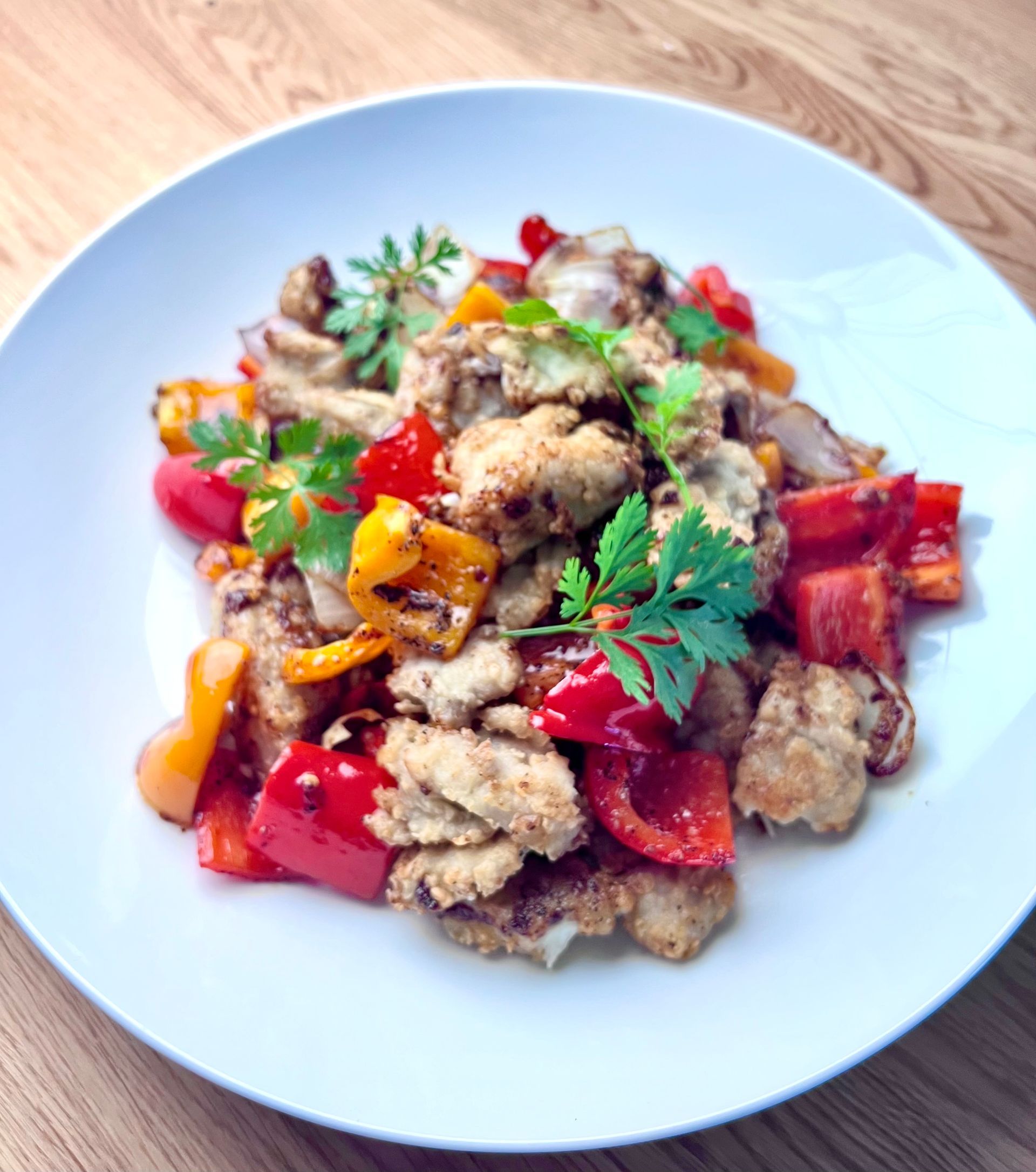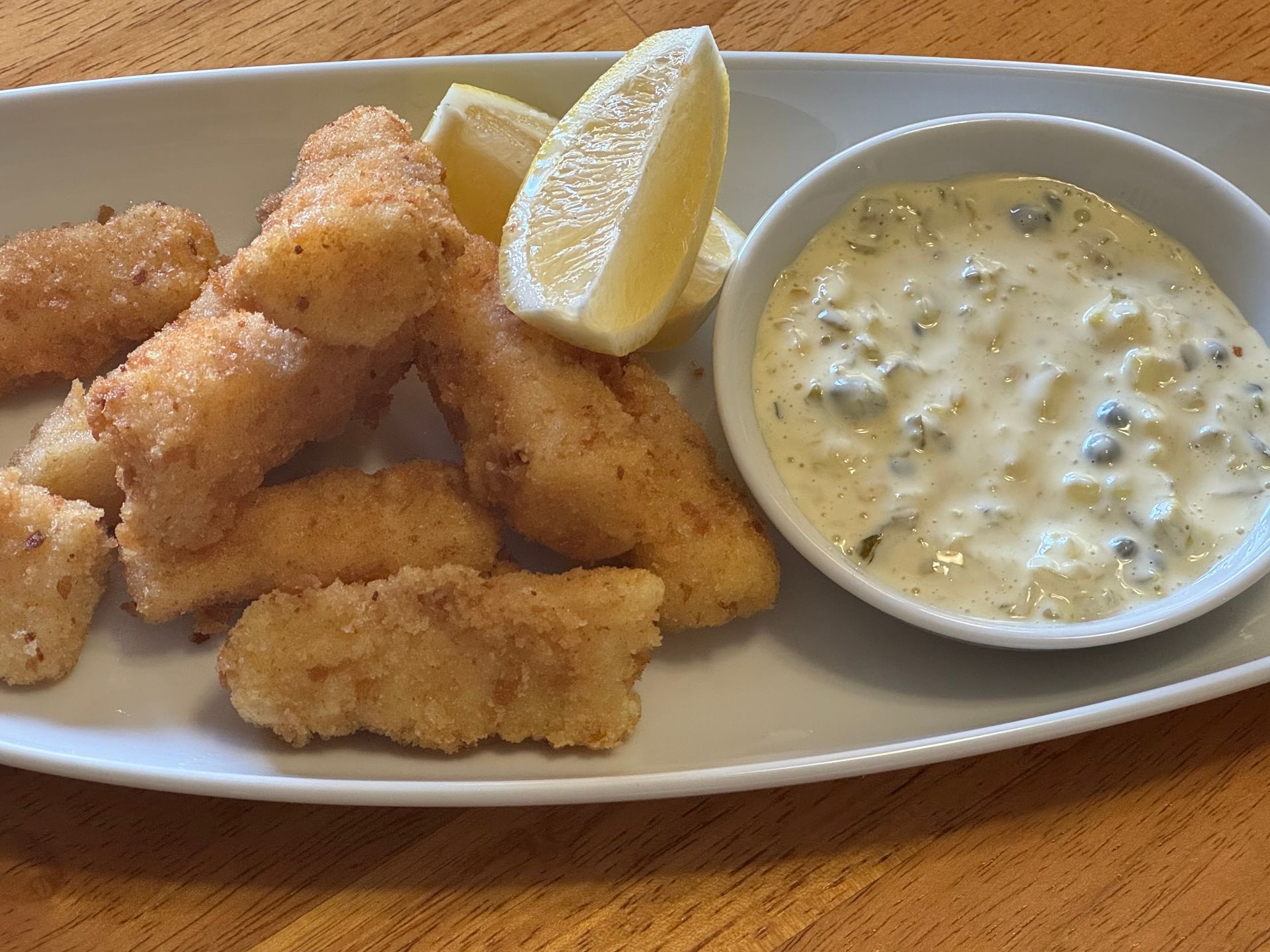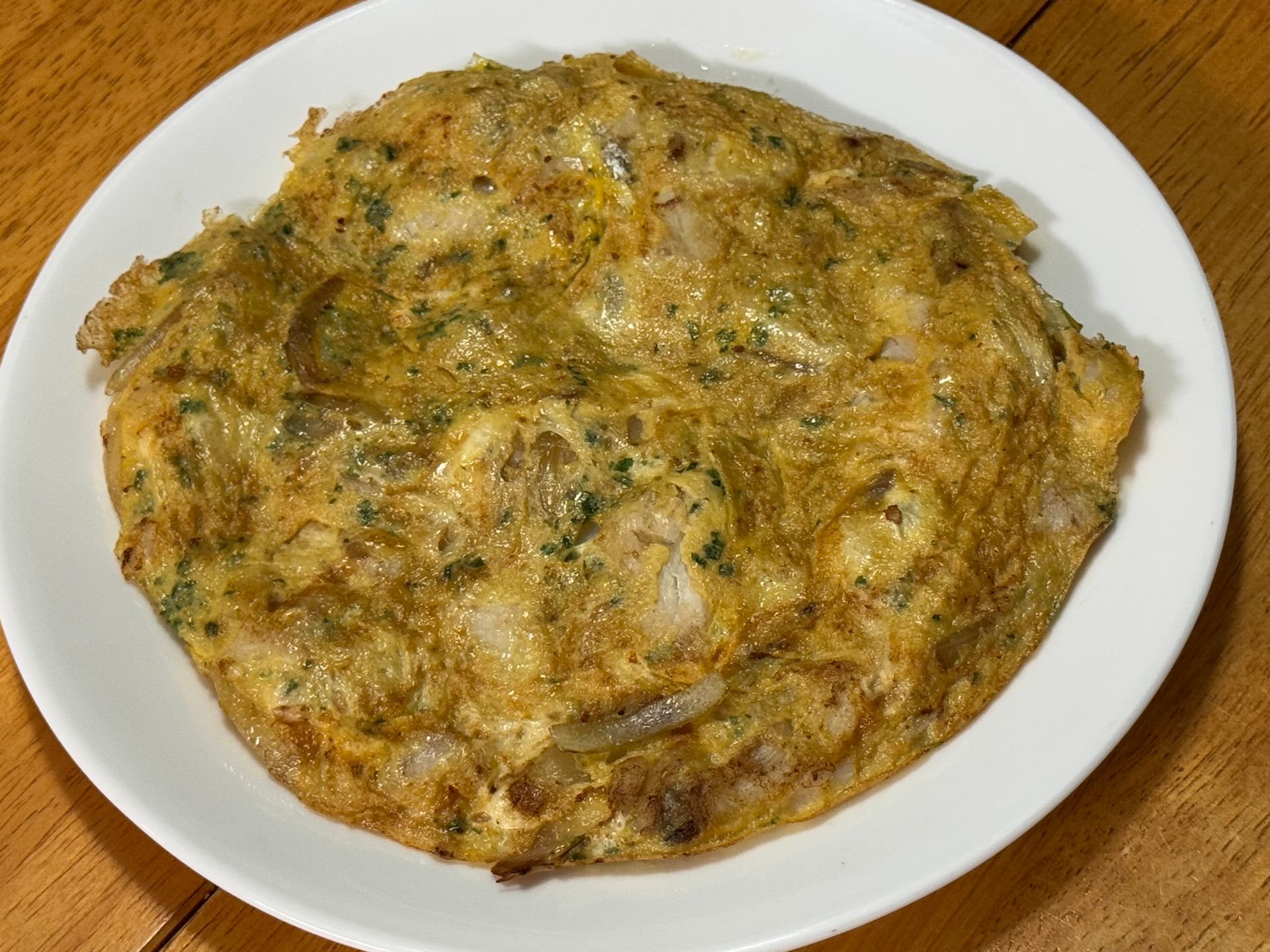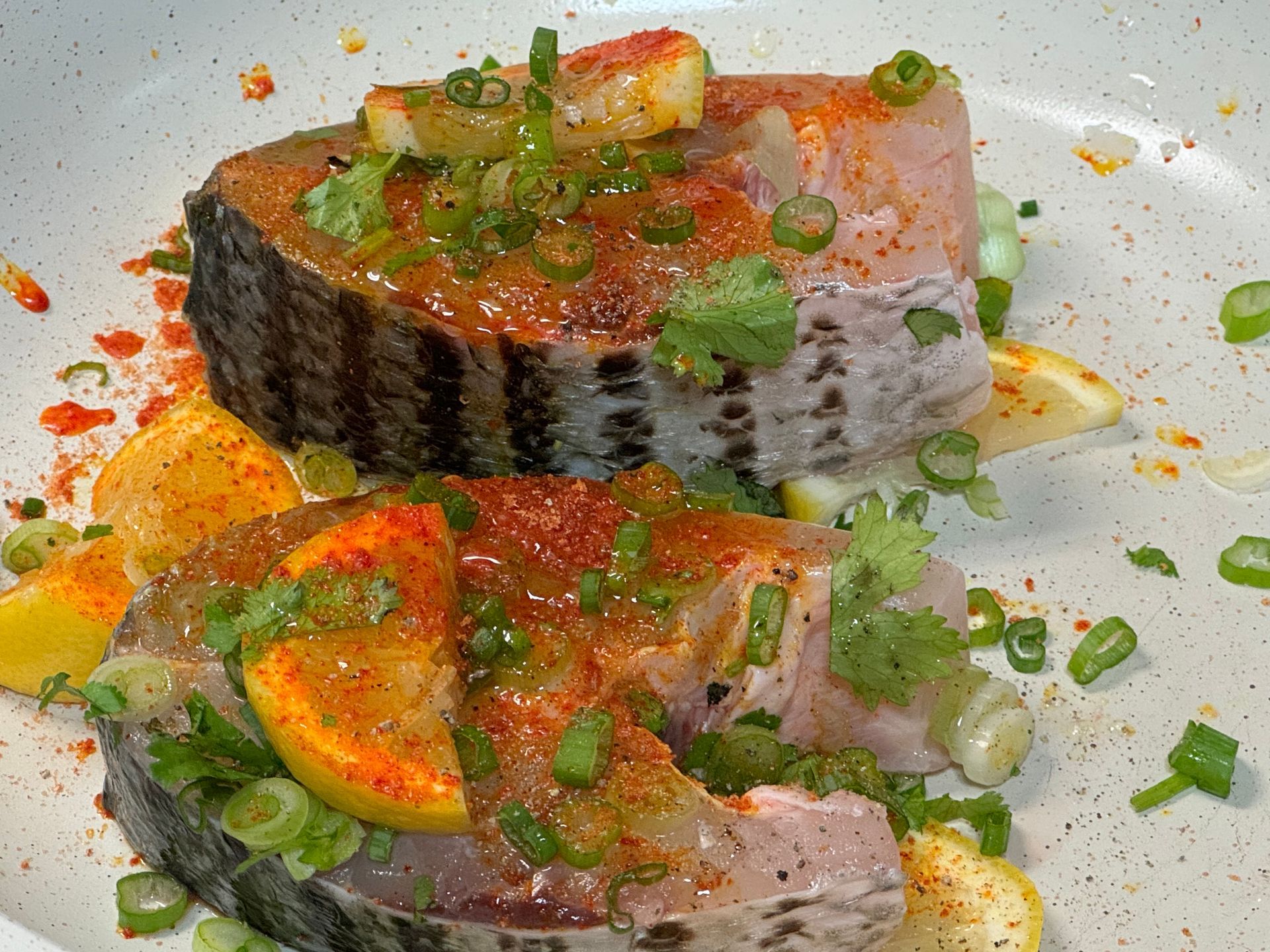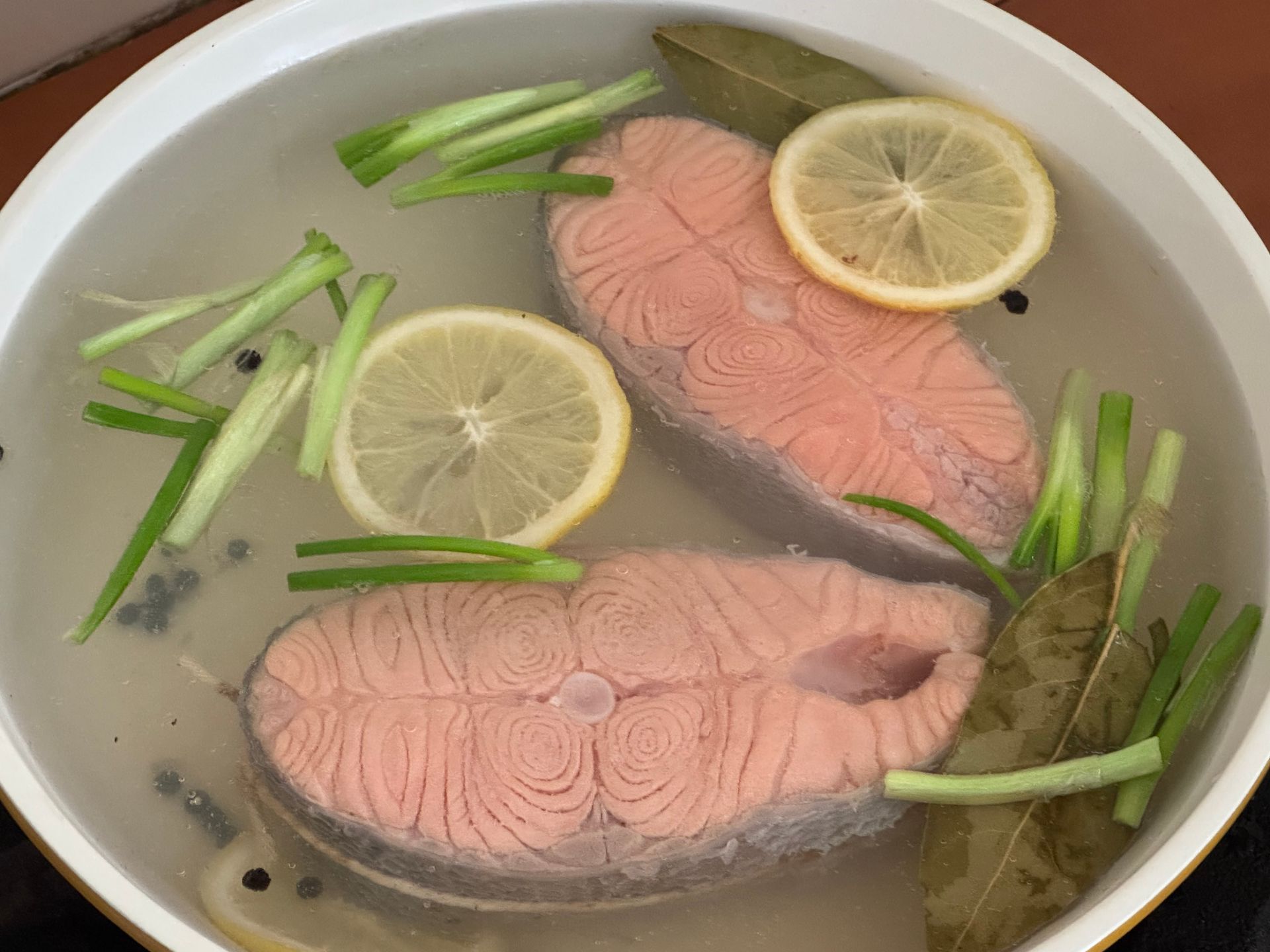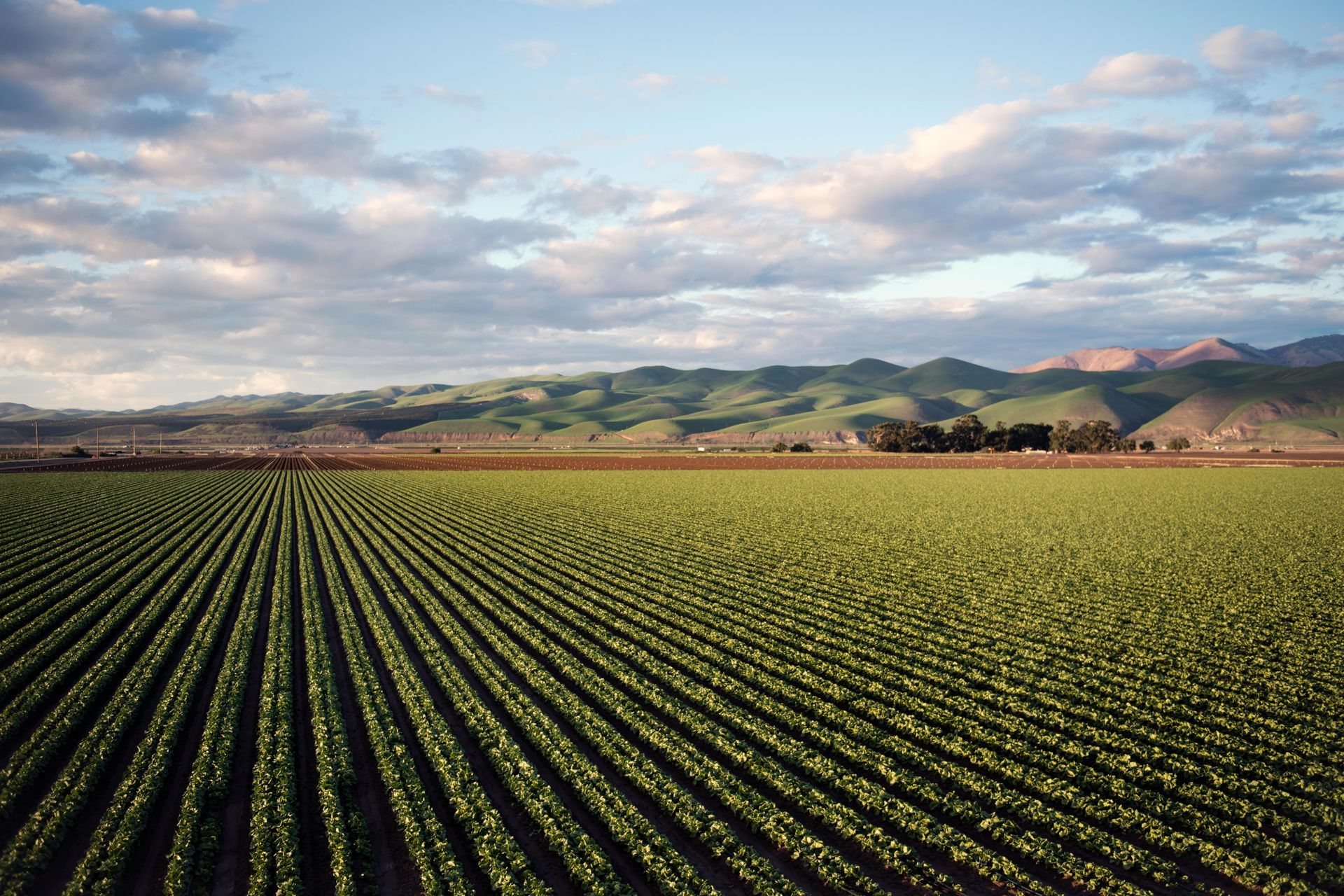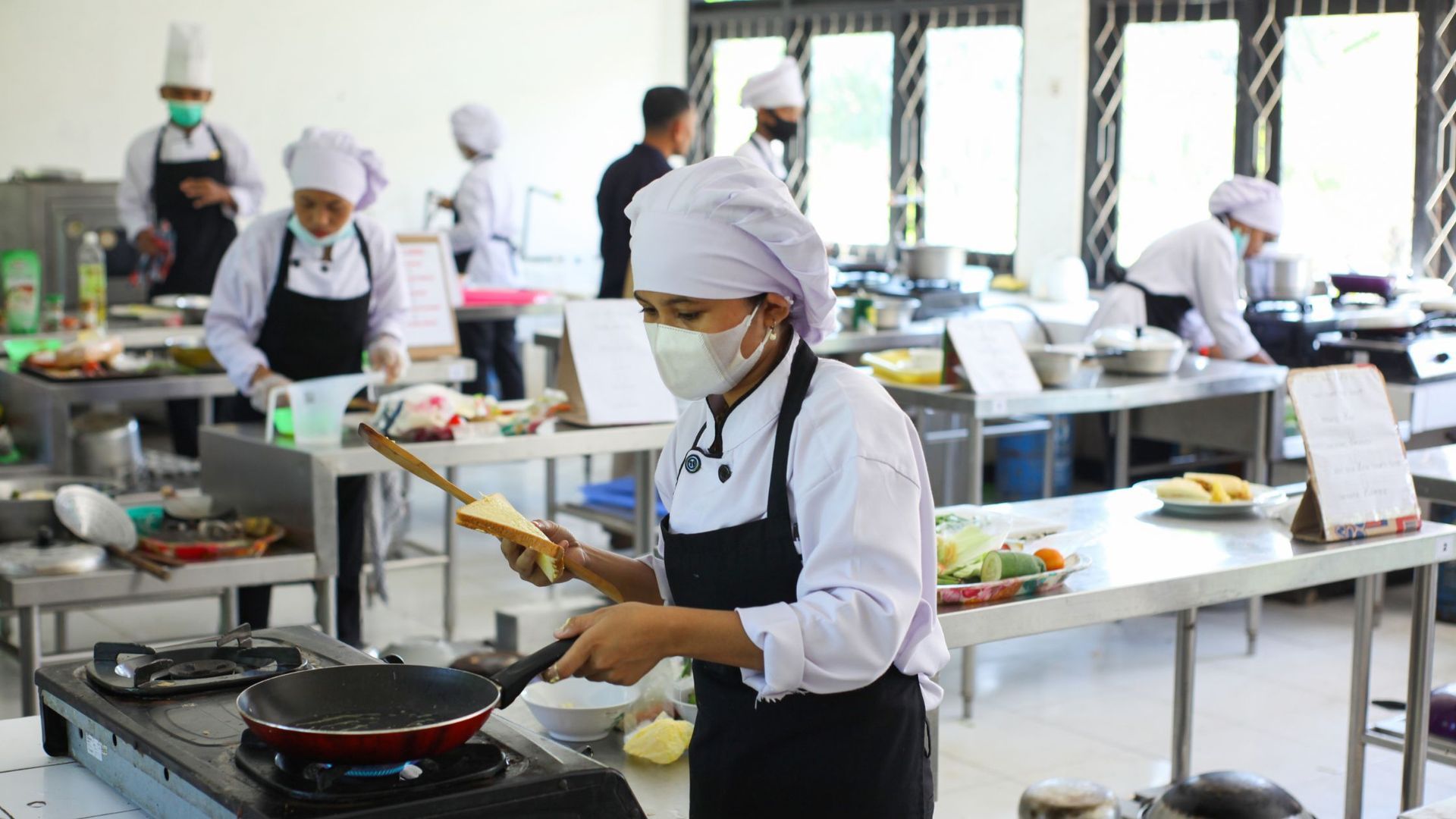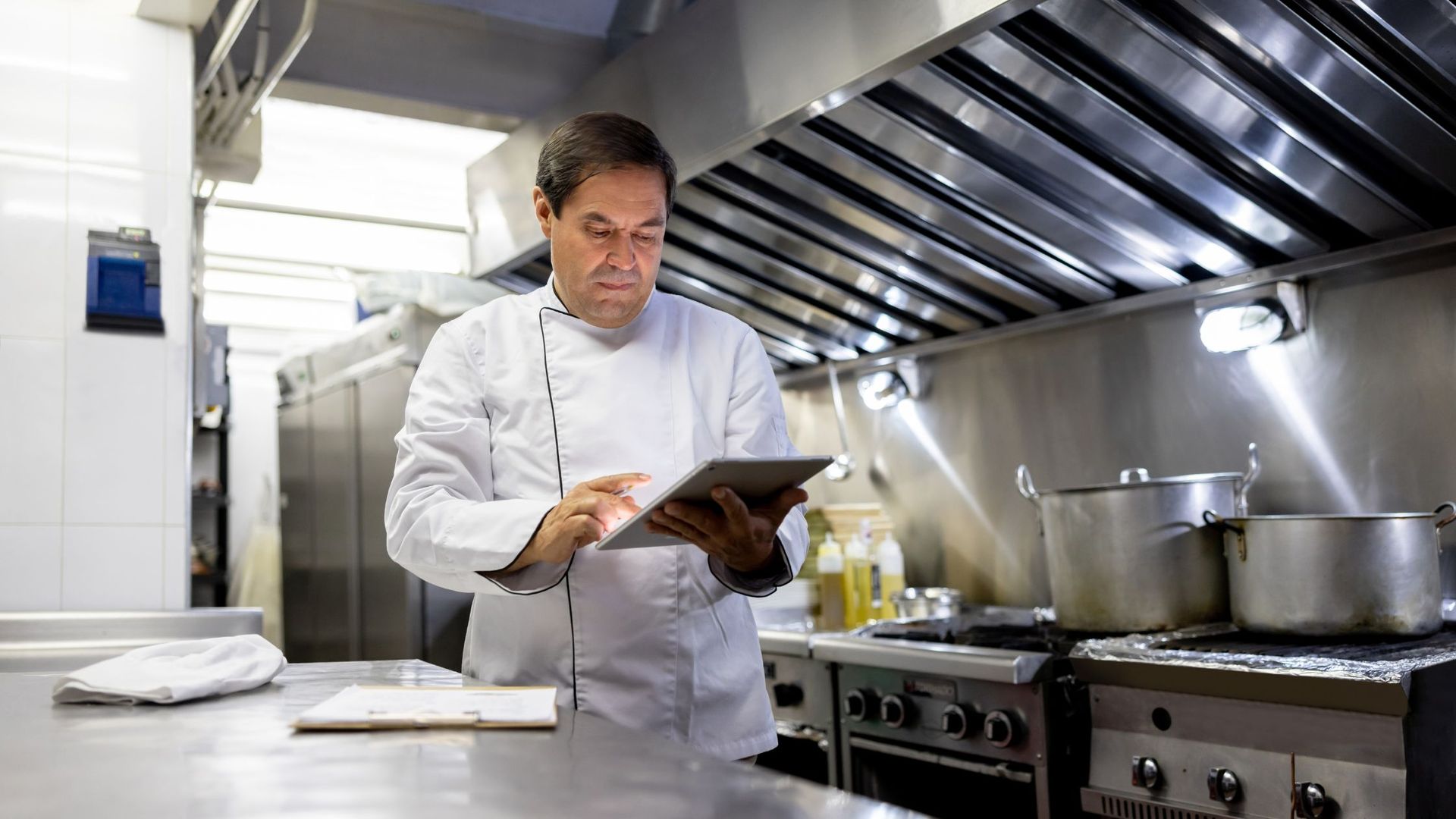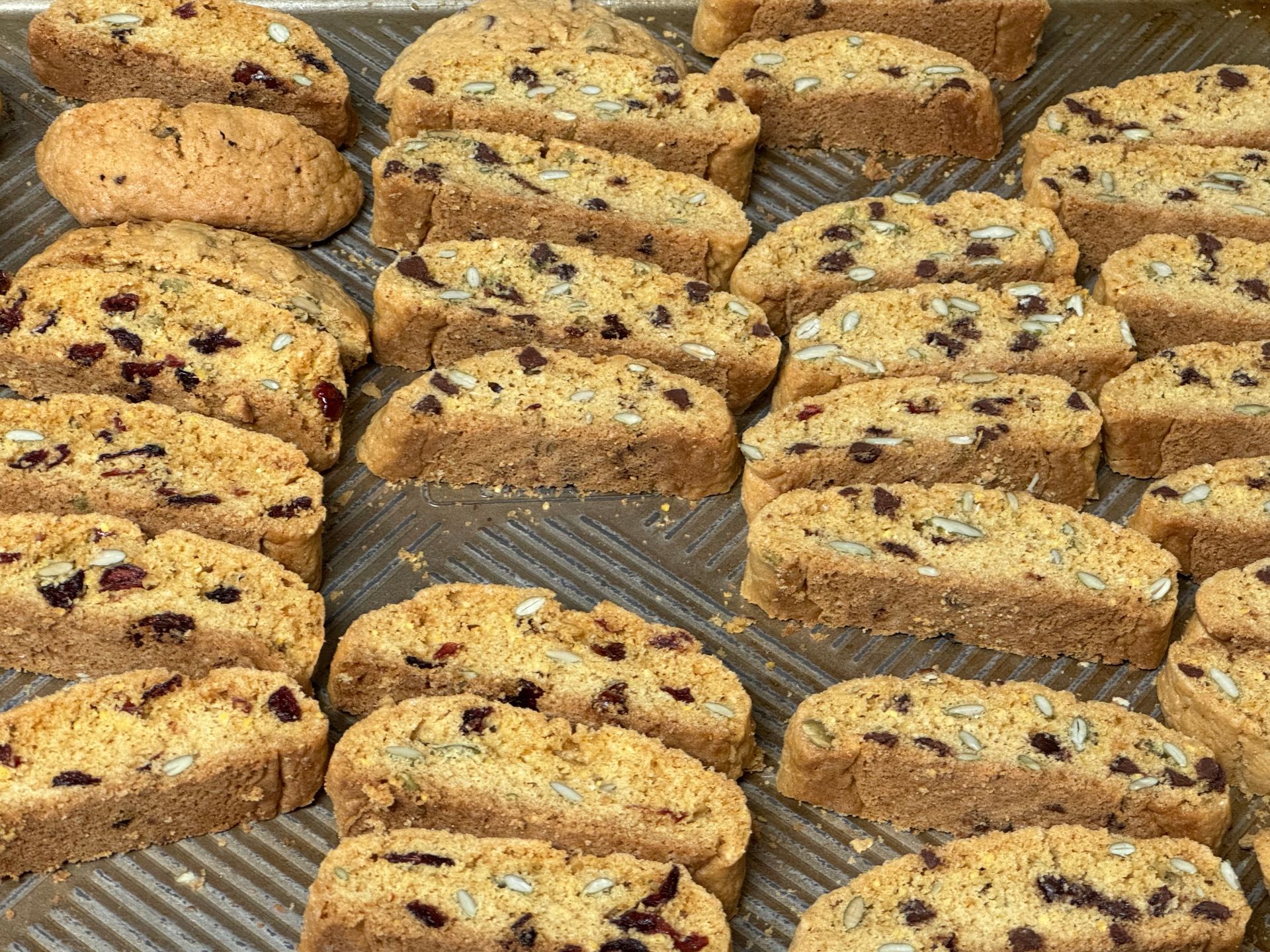
Burnt Ends... my absolute favorite biscotti memory is crunching on hard, biscotti ends, perfect for dipping into black coffee. There was a fantastic biscotti bakery in upstate NY. The wonderful owners prepared a variety of biscotti, shipping to all parts of the country... and I loved the ends!
My children worked there a few days weekly so it was always fun to pick them up at the end of the shift & pick up some biscotti.

Biscotti
Biscotti are delicious, crunchy cookies, great to dunk in a cup espresso. The cookies are very hard as they are 'twice baked'.
Personally I love anise flavored biscotti (like the Stella Dora cookies I grew up eating) but especially the biscotti with nuts inside. For some reason my Aunt Flora was the biscotti baker while my mother focused on other cookies.
Probably the most interesting biscotti experiences I've enjoyed were in Florence, Italy and Barcelona, Spain. In Florence I enjoyed cantucci (small almond biscotti) with Vin Santo wine... a classic pairing! Chef Joseba Encabo took me to a small bar in Barcelona, directly across from a church, that served a variety of fortified wines from spigots in the wall with Spanish biscotti. Two young woman bought the bar -after church dozens of people would stop in for wine and biscotti; at night it was a popular, crowded tapas style bar with loud music.
Making Cornmeal Biscotti
Prep Time: 30 min
Cooking Time: 40 min
Yield: 12 portions
Ingredients
2 C AP Flour, sifted
8 Tb. Cornmeal
1 C. Sugar
1/2 tsp. Kosher salt
1 1/2 tsp Baking powder
1 Tb Vanilla extract
4 ea Eggs, whisked
2 Tb Butter, melted
Making Toasted Walnut Biscotti
Yield: 12 portions
Ingredients
2 C AP Flour, sifted
3/4 C. Sugar
1/4 C Honey
1/4 tsp. Kosher salt
1 1/2 tsp Baking powder
1 tsp Vanilla extract
3 ea Eggs, whisked
3 Tb Butter, melted
4 Tb. Walnuts, toasted & peeled (place in a clean towel and rub after toasting to get the peels off)
1 Tb Cinnamon
How to Prepare Biscotti
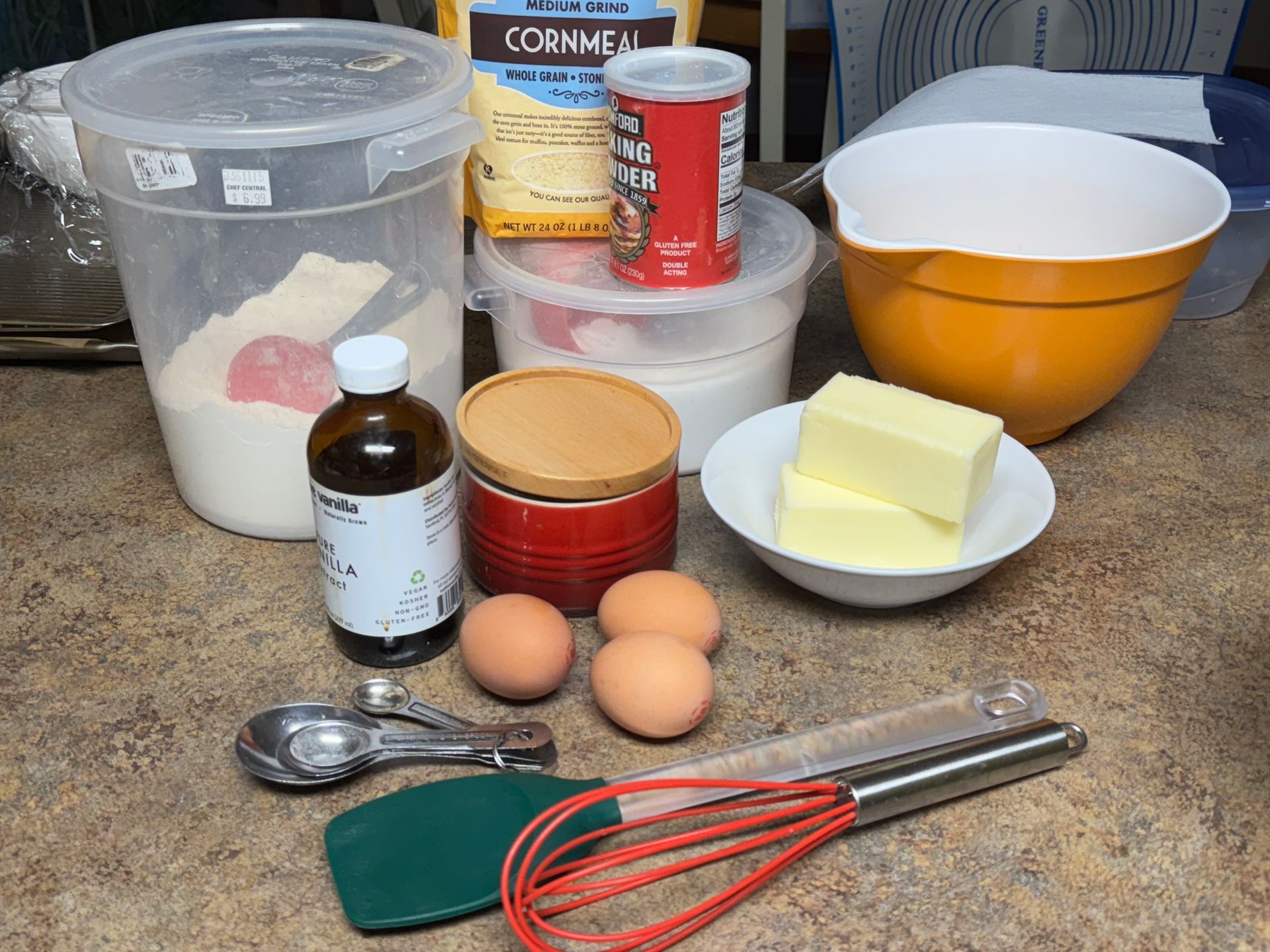
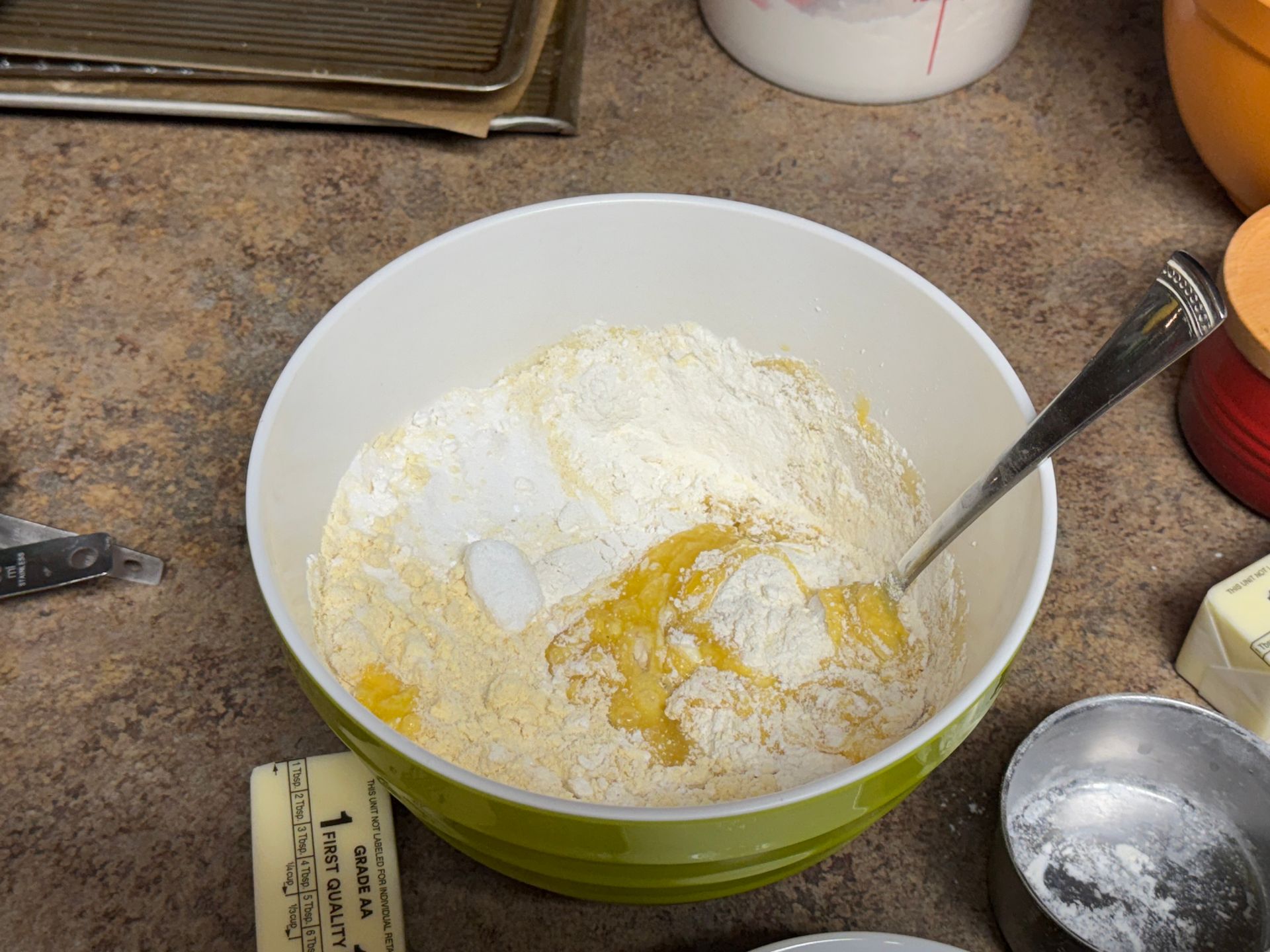
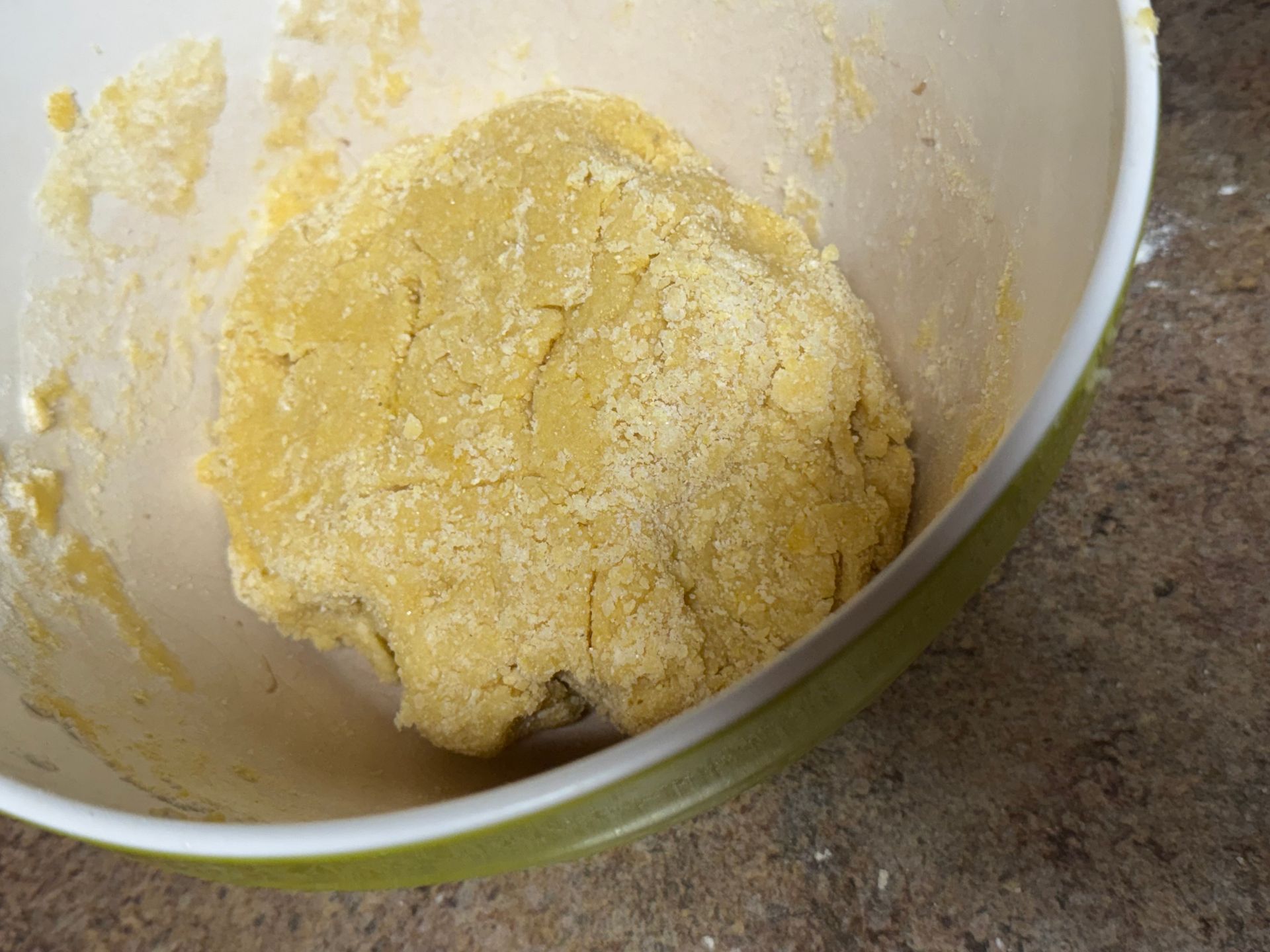
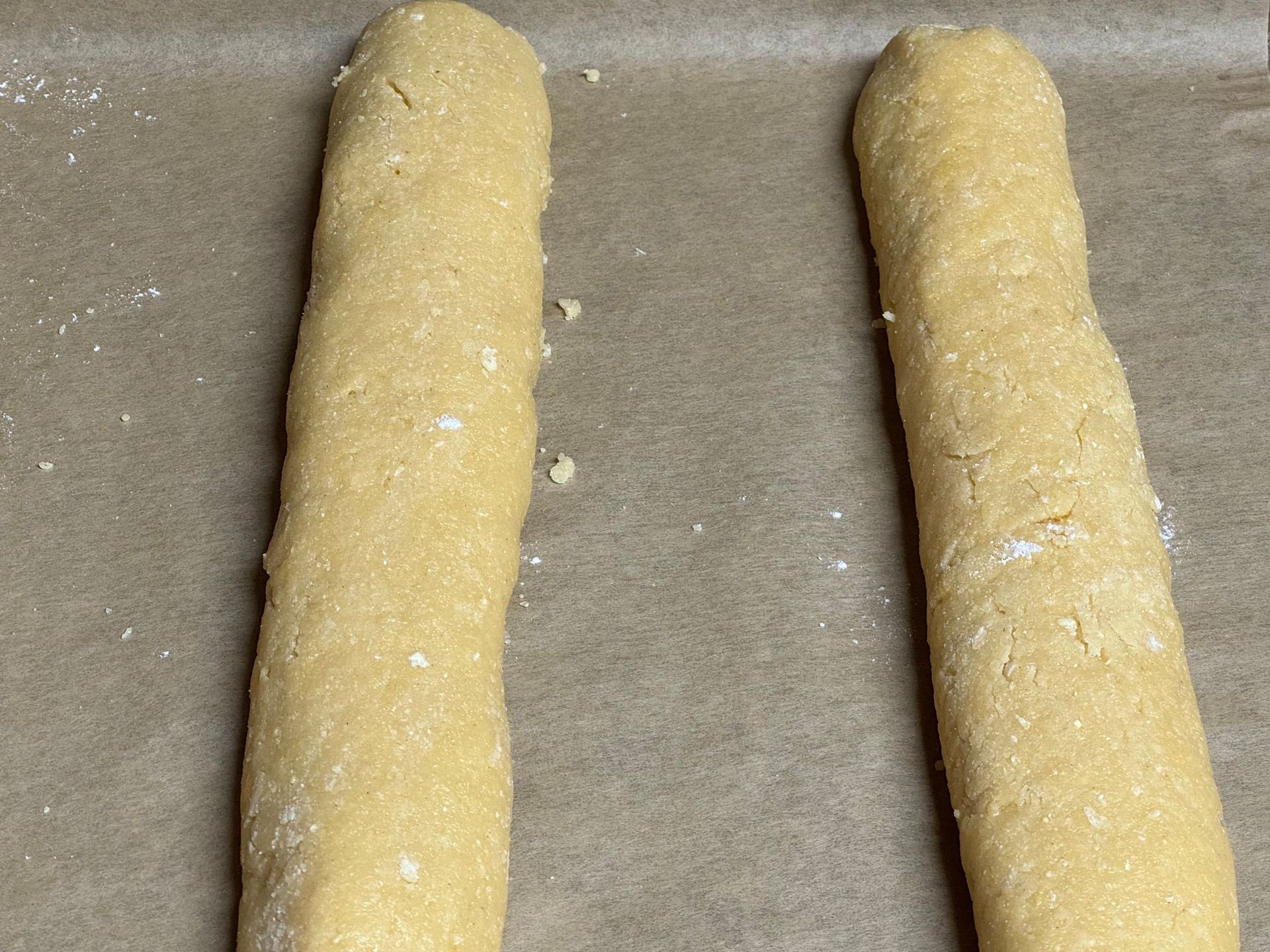
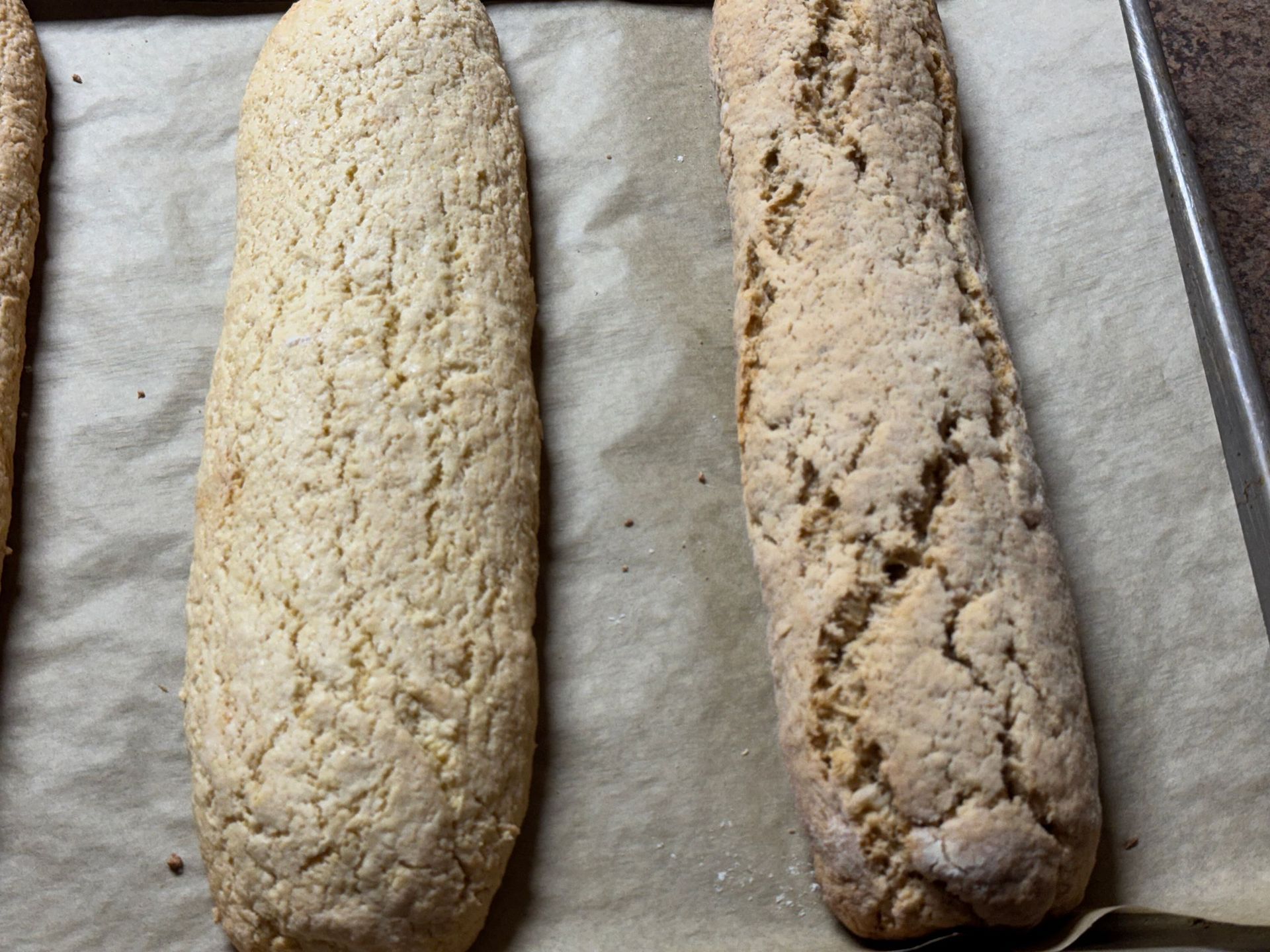
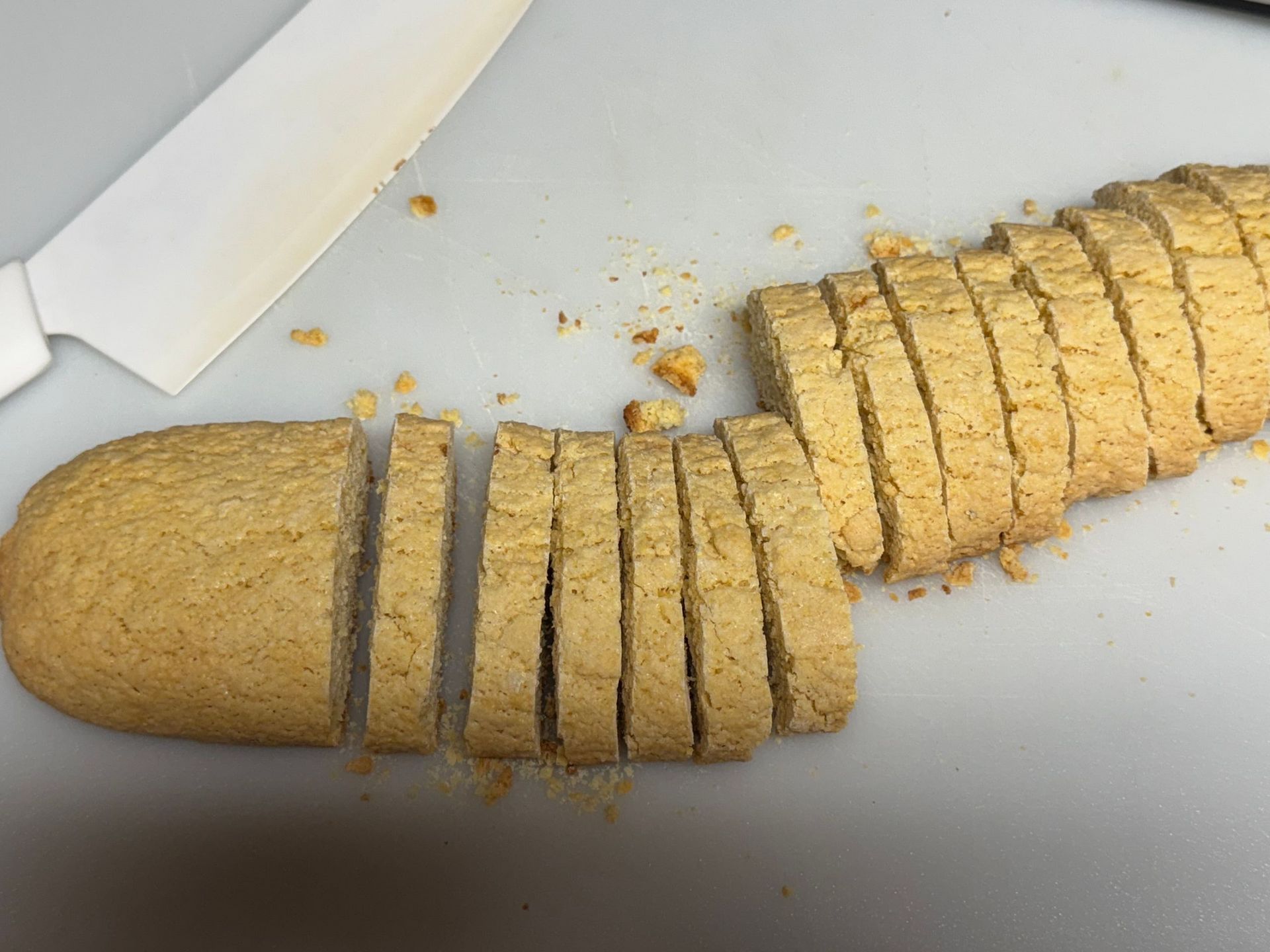
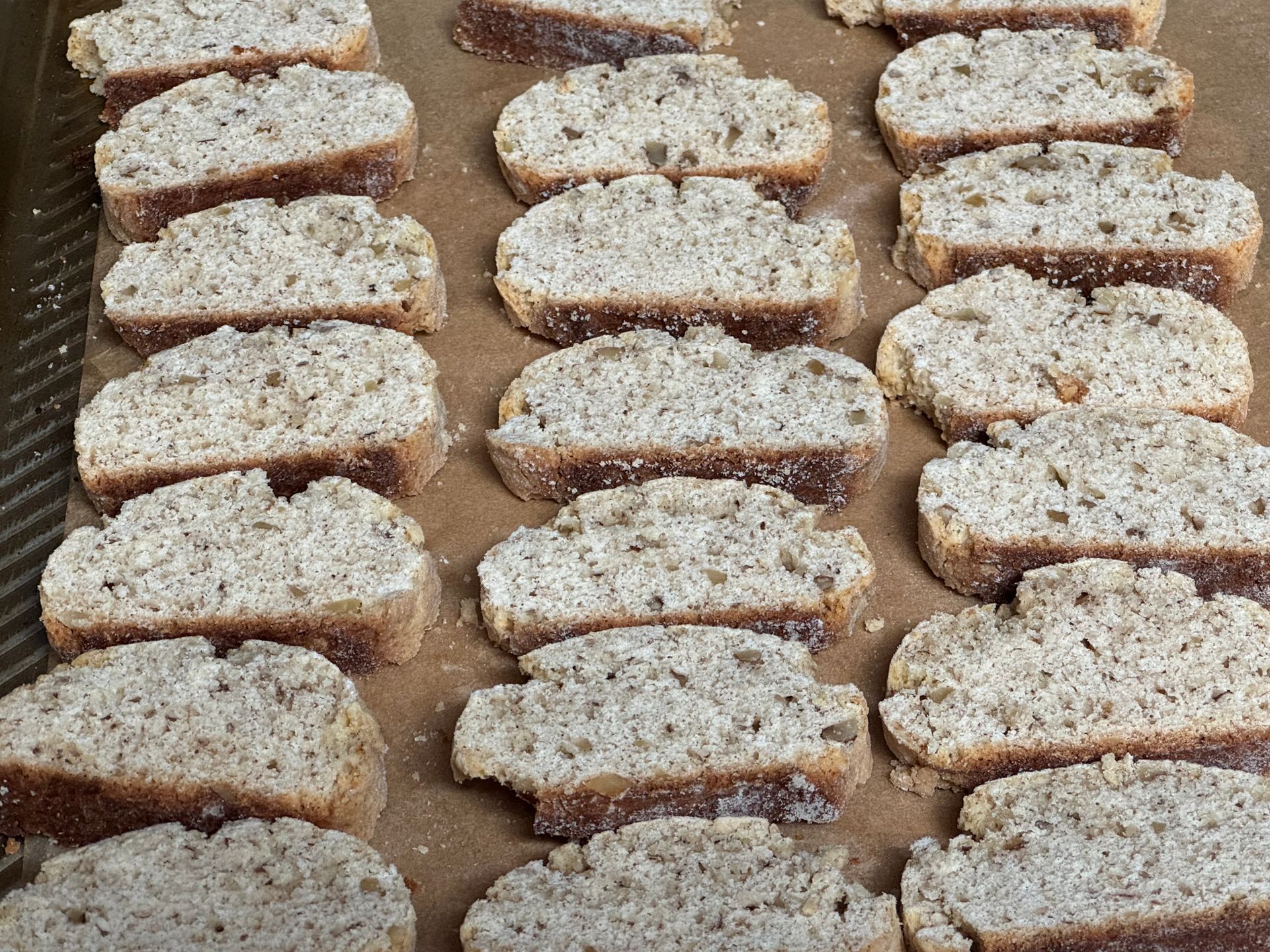
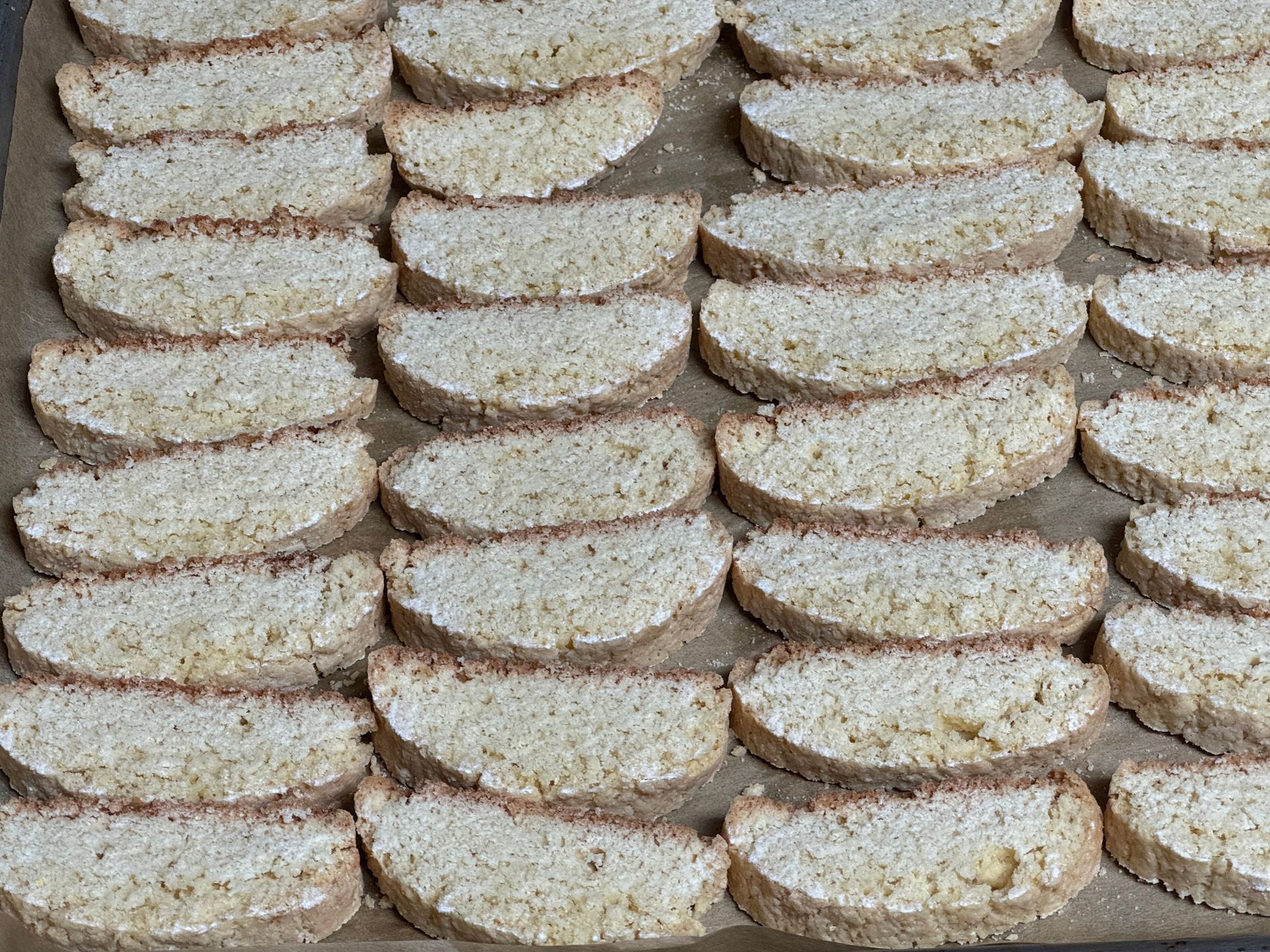
Step 1 Making the dough
Combine all of the dry ingredients & place into a bowl.
Slowly whisk the vanilla & eggs (honey if applicable) into the dry ingredients, then add the melted butter and whisk to form a dough. Do not overmix.
Fold in a garnish if you choose, such as toasted nuts, citrus zest, dried fruits etc...
Step 2 Forming
Form the dough into a ball, then separate into 2 parts, let the dough rest for 20 minutes, then form into 2 logs.
Roll/ form the logs into loaves. Place the loaves onto a lightly oiled sheet tray.
These are two cornmeal biscotti loaves.
Step 3 Baking
Bake the loaves on the sheet tray in a preheated oven at 350ºF. Bake until golden brown and firm. (about 20 minutes).
Place the sheet pan of baked biscotti onto a cooling rack and let set until cool (or overnight).
This is a cornmeal biscotti log (left) and toasted walnut log (right).
Using a thin, sharp knife, cut into 1/4 inch slices.
I use the thinnest, sharpest knife I have to avoid breaking the biscotti. Ceramic knives work great.
Place the sliced biscotti back on to the sheet pan and bake at 250ºF a second time until golden brown and dry/hard. (about 20 minutes).
Step 4 Storing/ eating
Store in a covered container, you can freeze the biscotti if you like. I always save the hard, crunchy ends for myself-amazing dunked into black coffee!
